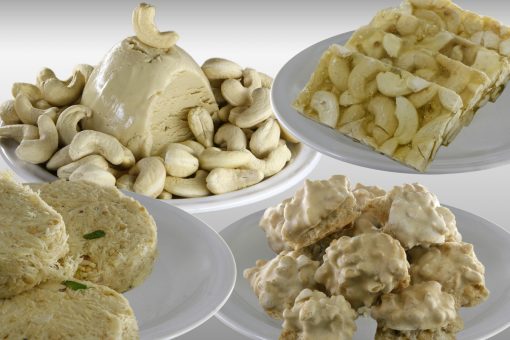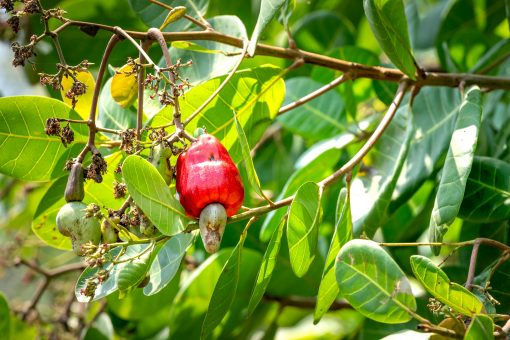
CRUISE HOSPITALS
CRUISE HOSPITALS
Cruise hospitals will make the world better in handling the curative aspect of many ailments that plague the citizens of some nations.
Universal Healthcare is not an easy term to understand, and medical tourism needs to be defined separately. Tourism is meant for healthy persons of all ages to enjoy moving out of their homes to places that are meant to attract “tourists.” The result would be an economy based on transportation in all forms, making the places of stay enjoyable and ensuring the expansion of the human mind in witnessing places, events, and different aspects that one as a human being would need to look at beyond the walls of their homes.
The cruise ship industry has enormously grown and is now a preferred way of traveling at leisure compared to air transportation. It is required that the United Nations, as well as all nations, undertake a multinational transnational effort to have hospitals that cruise. The modifications need to meet world standards equivalent to the National Health Service of the UK and the standards of G20, as much as it is continuously evolving in terms of the presence of doctors, nurses, and healthcare professionals.
Healthcare professionals now include administrators, accountants, and promoters who organize as a specialized field of management so that patients can be taken care of, treated, and discharged more effectively than ever in the past.
The question here is who pays for it.
The patient?
Insurance companies covering patients globally for health insurance?
National Health programs like the NHS in the UK and many other agencies in parts of the world, like ESI in India, which is also a form of insurance coverage for employees?
The difference between hospitals on land and a cruise is that it provides the ease of a multinational crew and the healing power of the sea. The facilities inside will also be available to patients whose diagnosis is “complete.”
The specialization involved here is in the waiting period for the doctors to attend to the patients. It is not per se a “shortage of doctors” but the time that is given by the doctors to the patient. The doctor decides on the program based on years of experience and advanced preparations.
The current time of the doctors is engaged in commuting and also the coordination efforts that are required for each of the operations, if it is a surgical operation, where a large number of cases are pending. Operations are critical and non-critical. Critical operations get the highest attention for life-saving, while non-critical operations improve the condition of the current patient diagnosed but waiting for treatment.
The cruise period can be currently determined as a minimum of 3 days and a maximum of 4 months. The facilities available in nations like Sri Lanka, India, Philippines, Australia, New Zealand, South Africa, parts of Brazil, and islands like Cuba, where the medical profession can evolve to a generation of new doctors who will be able to have the requisite experience in dealing with patients at any part in the world. The administrators know the cost of each activity, and health insurance companies are now engaged in the top as they are continuously engaged in settling claims.
The United States is an example where every insured person goes through a process. Currently, in India, hospitals (labelled as corporate) do have administrations that make the admission and discharge of the patient more efficient and effective by way of trained employees. The patient is taken care of as that involves life in the process of admissions, and the family, dependents and supporters of the affected patient will have to do the registration processes efficiently by the time the patient is treated. This is normally diligence.
Hundreds of insurance companies globally and their reinsurers have more knowledge about this than any layperson. The public topic here about the cost of such aspects as premia or treatment is evident.
The United Nations must adopt the resolution about the merits of cruise hospitals as they can absorb a multinational crew. The multinational crew, as much as running the ship, is also a multinational discipline on various specializations. These specializations can then improve the productivity of the teams that make a patient cure in non-critical aspects.
Therefore, the cruise ship will manage the non-critical patients faster and enable the practices to improve safely and with safety. Postoperative care will happen on another part of the ship, which then allows the patient to be discharged by the time the ship returns to port.
The advantage here is that the doctors and nurses can come in by rotation, and the time spent on commuting at home, the energy costs that run in hospitals, and all that can be comparatively cheaper than building more hospitals on land to accommodate a larger number of patients. Also, the doctors can be chosen and validated from any part of the world without any issues when it is managed as a world operation.
The protocols and mechanics can be operated based on government funding, private philanthropic funding, or otherwise to begin the treatment of patients. Eventually, any non-critical operations can be done effectively.
This paper does not go into the merits of costs or the merits of the difference between flying a patient and going back. The most important aspect to note is that a non-critical patient, when flown by aircraft and back, the accompaniment of the relatives of the patient is not as effectively managed as a patient on a cruise. The number of accompanying patients can be treated differently and isolated from the medical part by special compartments.
Building operation theatres can be effectively managed, and once the patient is discharged, the visiting rooms can be more effectively managed than the rotation that happens in major medical centres.
The doctors and the hospital crew can have their rest and leisure much better managed. It remains to be seen whether the cost-effectiveness will work out. For the moment, the National Health Service can view this as a critical point as tens of thousands of patients are waiting for care but not being able to receive it.
By taking doctors from the Commonwealth or beyond by validating the processes of doctors as is done in the NHS, they need not devote their time to administrative purposes. This will have a more controllable aspect. The remuneration or fees can be flexible on the cruise because they are accompanied for a shorter period. They can contribute better without loss of their attention, accuracy, or the probability of risk, which they themselves are insured for.
Therefore, the world community needs to shift the term medical tourism to medical management, or world medical management, for the treatment of non-critical processes. This will eliminate the current issues that non-critical patients should not transfer risk to the rest of the community as is now insulated. The multinational crew will look at human beings irrespective of nationalities and enhance the quality of medical attention.
The entire organizational part, including the current trend for reducing the cost of administration and deliveries, would make it possible that cruise hospitals can be more cost-effective than land hospitals. This is due to the prohibitive costs involved in making brick-and-mortar hospitals compared to the conversion of current ships into hospital ships or equivalents. It is the preoperative and postoperative care costs that make it contained compared to the management of the same on land.

